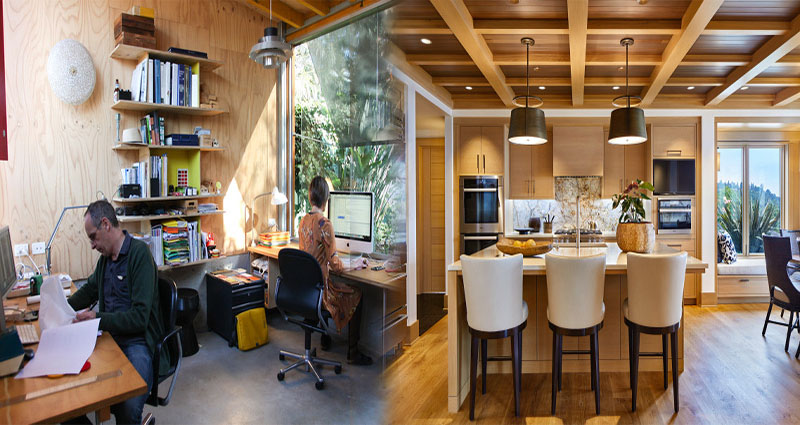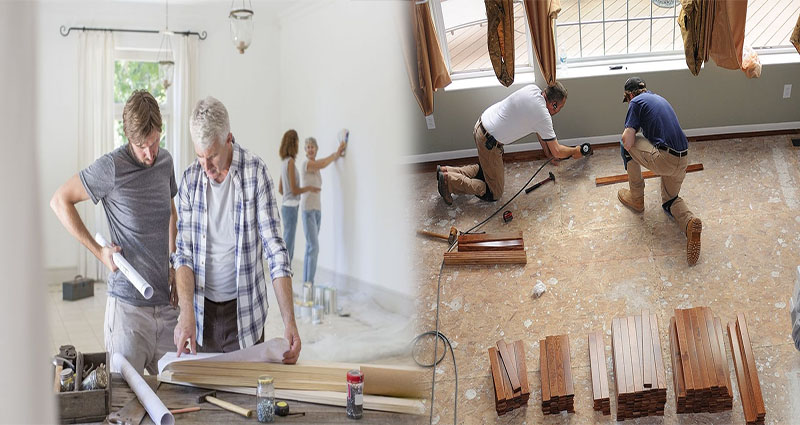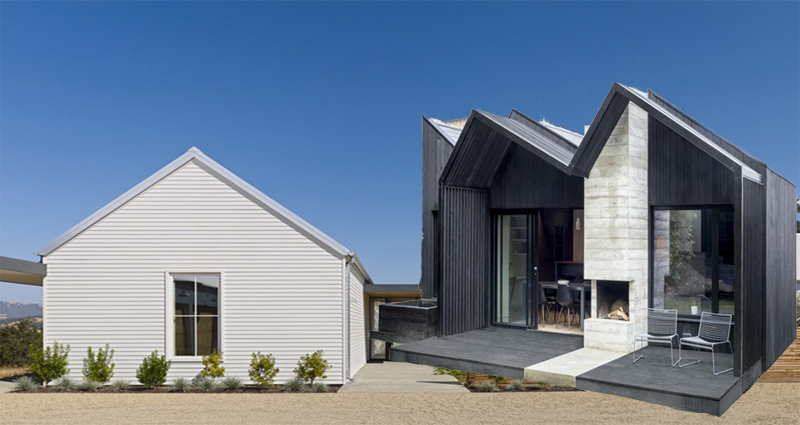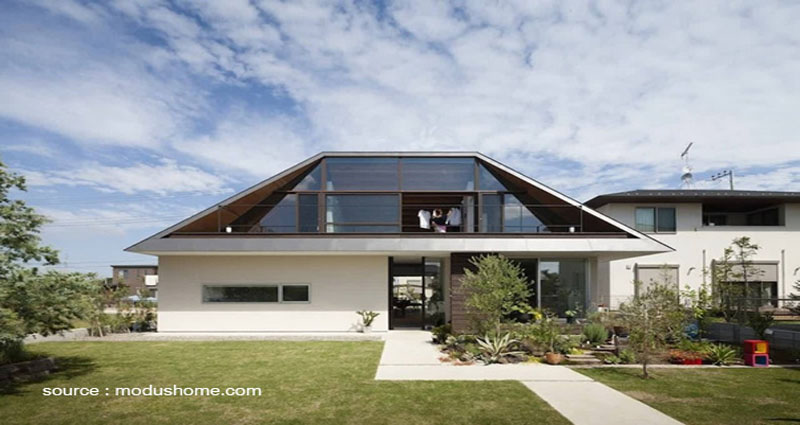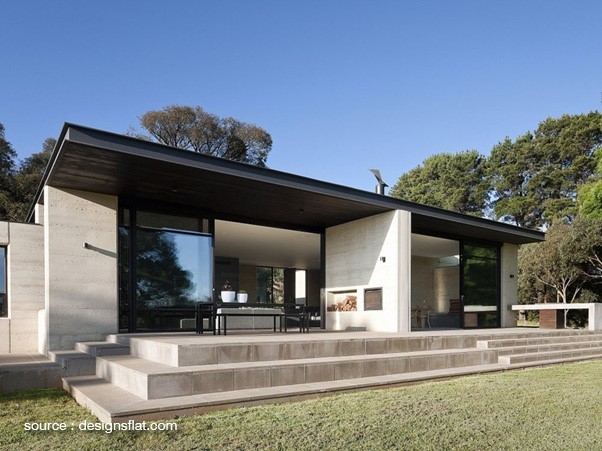Creating a Renovation Process Flow
Creating a renovation process flow is a very important aspect of a successful renovation project. The first step is to set a realistic timeline. When designing a renovation schedule, it is important to consider factors such as material lead times and potential tenant disruptions. The schedule should begin with the date the renovation will begin and allocate adequate time for each phase of the renovation.
Planning ahead
Planning ahead during the renovation process can help you ensure that the project will run smoothly. To ensure this, you should consider calling up friends and family who are handy and enlist their help in the renovation project. In addition, you should consider hiring a reliable contractor to handle the process of obtaining building permits.
One of the best ways to plan ahead during the renovation process is to prioritize your renovation tasks. By doing this, you will avoid missing essential details and cutting unnecessary expenses. Moreover, a detailed checklist will help you allocate your budget and deal with any unexpected renovation surprises.
Designing a renovation plan
When you are planning a renovation, you need to have a clear and detailed process flow to make sure everything happens as planned. This includes planning for costs and timelines, keeping records organized, and drafting a daily renovation diary. This will help keep your renovation on track and prevent delays. There can be unforeseen costs and shoddy work that can make your renovation take longer than expected. To avoid these situations, you should have a buffer … READ MORE >>>


